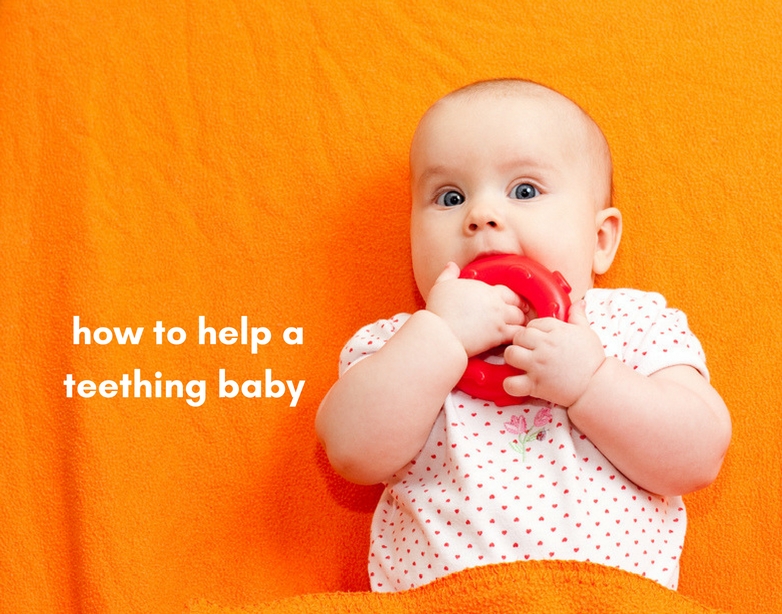Teething is no fun for babies – or their exhausted parents – but there are a few tips that can help ease your little one’s pain.
When do babies’ teeth come in?
Most babies’ first teeth come in between four to seven months of age, but anytime within that first year is typical for a first tooth to emerge, said Dr. John LaCount, pediatrician with St. Elizabeth Physicans’ Florence office.
“Sometimes children are pulling on their ears, but they are eating and acting okay. We check the ears, but they are often actually showing the first signs of teeth coming in,” LaCount said.
In addition to pulling at their ears, other signs that your baby might be teething include irritability, fussiness, chewing on anything they can get in their mouths and drooling.
While there isn’t much that caregivers can do about the drooling – except invest in drool bibs – there are a few ways you can help improve your child’s comfort level.
Is there any way to provide relief?
LaCount suggests giving the occasional pain reliever on particularly rough days (acetaminophen or ibuprofen only; babies should never be given aspirin). For more regular use, providing a safe item, such as a teething ring, can provide relief especially if you refrigerate the item before letting the baby chew on it.
LaCount also suggest a cool, wet washcloth for baby to chew on. There are also teething washcloths available in stores that have rubber corners for the baby to chew, which helps relieve some of the pain and pressure on the gums. You can also massage a baby’s gums to offer some relief.
If your child is old enough for chilled fruit or teething biscuits, those can also be used.
Amber teething necklaces have gained popularity, but LaCount said he hasn’t seen anything that supports that amber is more effective than other teethers. He cautions against putting a necklace around a baby’s neck, as they could potentially strangle themselves.
Homeopathic teething tablets – recently investigated by the FDA due to possible links to infant deaths and adverse symptoms – are not recommended.
Even before the first teeth come through, parents can take a wet washcloth or gum brush that slips on your finger and clean the gums. Once new teeth emerge, parents can brush or rub their baby’s teeth with a wet washcloth. For toddlers, training toothpaste can be used with a toothbrush so the child can get used to the routine of brushing.
The American Dental Association (ADA) recommends the first dental visit take place around the child’s first birthday, but LaCount said many families wait until age 2 or 3 for a first cleaning unless they suspect a problem that merits an earlier call to the dentist.
Although the fussiness and discomfort of a teething child may seem like an endless phase to parents, teething is self-limiting and the discomfort will eventually go away, said LaCount.


